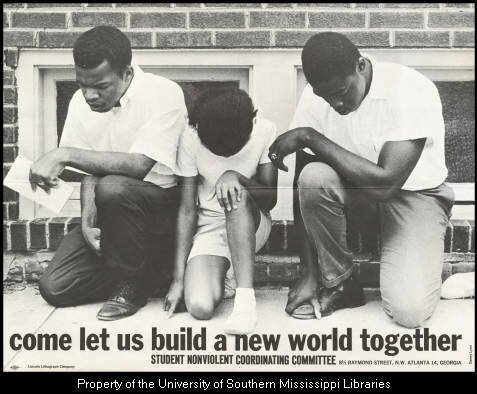The Selma Voting Rights Struggle: 15 Key Points from Bottom-Up History and Why It Matters Today
Reading by Emilye Crosby
On the 50th anniversary year of the Selma-to-Montgomery March and the Voting Rights Act it helped inspire, national attention is centered on the iconic images of “Bloody Sunday,” the words of Dr. Martin Luther King Jr., the interracial marchers, and President Lyndon Johnson signing the Voting Rights Act. This version of history, emphasizing a top-down narrative and isolated events, reinforces the master narrative that civil rights activists describe as “Rosa sat down, Martin stood up, and the white folks came south to save the day.”
Today, issues of racial equity and voting rights are front and center in the lives of young people. There is much they can learn from an accurate telling of the Selma (Dallas County) voting rights campaign and the larger Civil Rights Movement. We owe it to students on this anniversary to share the history that can help equip them to carry on the struggle today.


